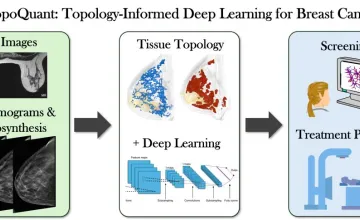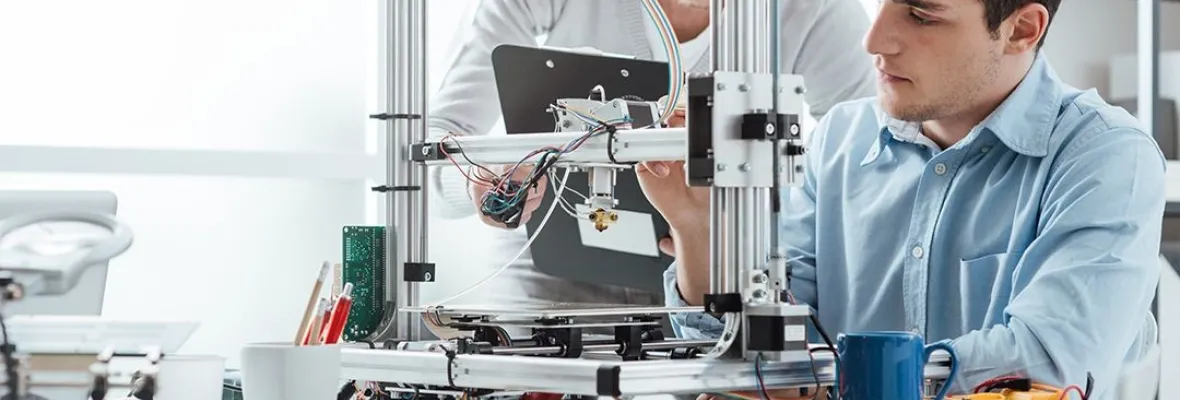AAU universities conduct a majority of the federally funded university research that contributes to our economic competitiveness, health and well-being, and national security. AAU universities are growing our economy through invention and innovation while preparing the next generation of scientists and engineers for global leadership. By moving research into the marketplace AAU universities are helping to create jobs, and provide society with new medicines and technologies.

UMD geologists uncovered evidence of a section of seafloor that sank into the Earth's mantle when dinosaurs roamed the Earth; it's located off the west coast of South America in a zone known as the East Pacific Rise.

Novel research supported by NCI could lead to more specific predictive disease models

A new University of Kansas study reveals parents seeking health care information for their children trust AI more than health care professionals when the author is unknown, and parents rate AI generated text as credible, moral and trustworthy.

Hypertension and amyloid plaques can separately cause dementia. Having both increases a person’s odds of developing cognitive decline, a new study finds
Explore More: University Research
You can filter stories by the university.
Gut bacteria are increasingly implicated in non-gut-related autoimmune diseases. Yale researchers have begun to understand how they’re connected.
Stony Brook University researchers are working to understand not just screen time use by adolescents but the duration and content of that use, particularly during a typical school day
UCSC researchers find that long-read sequencing has the potential to improve the rate of diagnosis of genetic disease while reducing the time to diagnosis from years to days — in a single test and at a much lower cost.
University at Buffalo study shows that a strain of bacteria taken from contaminated soil breaks apart the strong carbon-fluorine bonds of PFAS, as well as some of the shorter-chain PFAS left behind.
University of Florida researchers recently concluded the largest study on audio deepfakes to date, challenging 1,200 humans to identify real audio messages from digital fakes.
